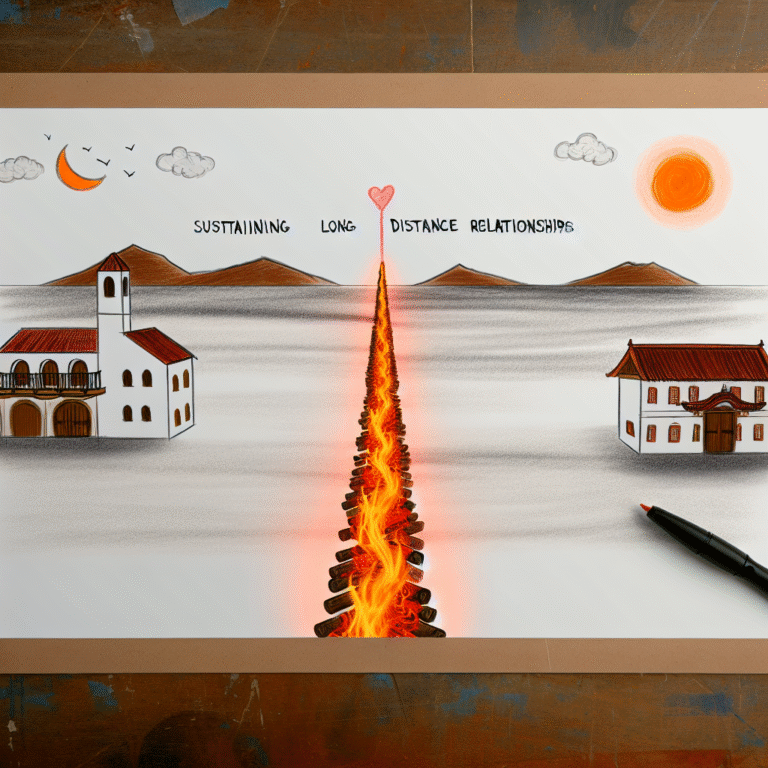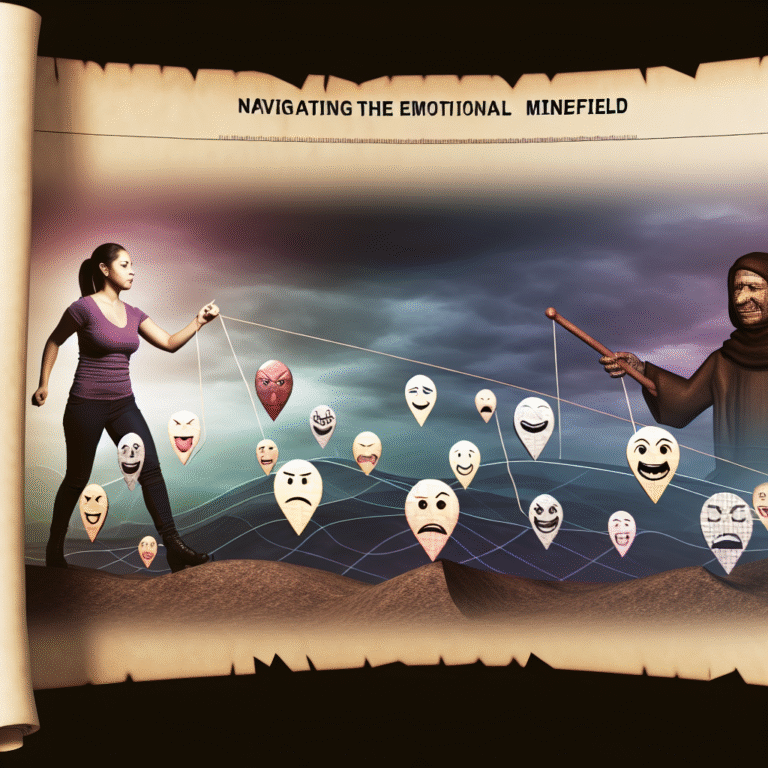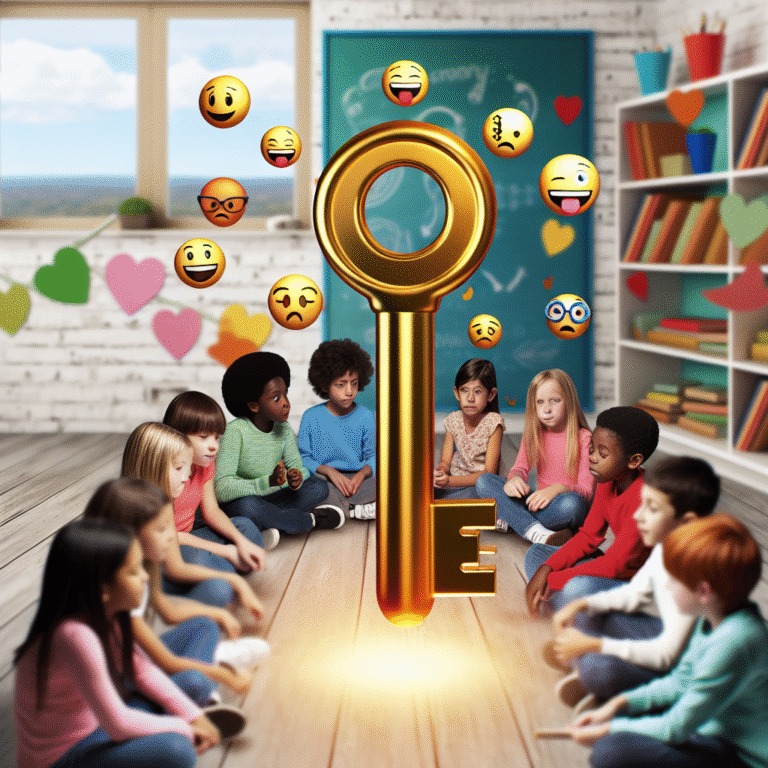
Ultimate Guide to Peaceful Families: Strategies for Effective Conflict Resolution
Introduction
Conflict is an inevitable part of any family dynamic. Whether it’s a minor disagreement over daily chores or significant clashes about life choices, how we approach conflict resolution directly impacts family harmony. Imagine a family environment where every member feels heard, respected, and valued. This ideal setting can be achieved through a conscious focus on peaceful conflict resolution strategies. In this comprehensive guide, we will explore the concept of "Peaceful Families: Strategies for Effective Conflict Resolution," providing you with actionable insights, proven techniques, and real-world case studies that are both engaging and informative.
Understanding Family Conflict
The Nature of Conflict
At its core, conflict arises from differing perspectives, needs, or values. In families, this is often magnified by emotional ties and the stakes involved in close relationships. Understanding the underlying causes of conflict is the first step towards resolution.
Common Sources of Family Conflict:
Source of Conflict Description Communication Gaps Misunderstandings due to ineffective communication Differing Values Clashes stemming from different life perspectives Stress Factors External pressures (e.g., finances, work)
Case Study Analysis: The Smith Family
The Smith family struggled with consistent arguments over household chores. With three teenagers, the parents felt overwhelmed and unheard. After extensive family discussions, they learned that each member had different expectations and interpretations of shared responsibilities. By openly communicating their feelings and creating a chore chart, the Smith family significantly reduced their quarrels.
It’s vital to address such conflicts through effective communication and shared expectations, embodying the essence of peaceful families prioritizing understanding and unity.
Strategies for Effective Conflict Resolution
1. Active Listening
One of the cornerstones of peaceful conflict resolution is active listening. This involves giving full attention to the speaker and demonstrating understanding through verbal and non-verbal feedback.
- Techniques for Active Listening:
- Paraphrasing: Restate what the other person has said to confirm understanding.
- Non-Verbal Cues: Use eye contact and nodding to show engagement.
2. Open Communication
Creating an environment where all family members feel safe expressing their thoughts is crucial.
Key Practices:
- Hold regular family meetings to discuss issues openly.
- Encourage a "no interruption" rule during discussions to foster respect.
3. Empathy and Understanding
Putting oneself in another’s shoes is essential for peaceful families. Showing empathy helps validate feelings and promotes connection.
Example Strategy:
- Adopt the "Feel-What-You-Need" method: sharing what you feel, what you need, and how others can help foster understanding.
4. Problem-Solving Approach
Instead of focusing on individuals’ faults, orient the family toward collaborative problem-solving.
Steps to Effective Problem-Solving:
Step Description Identify the Issue Clearly define the conflict at hand Brainstorm Solutions Encourage input from every family member Select Action Agree on a solution that works for everyone Implement and Review Monitor the effectiveness of the chosen solution
Case Study: The Johnsons’ Problem-Solving Journey
The Johnson family regularly faced tension regarding screen time rules for their children. Through open dialogue, they collectively brainstormed a schedule that allowed for both educational and recreational screen use. This cooperative approach led to less resistance from the kids and improved family satisfaction overall.
Tools and Techniques to Promote Peaceful Conflict Resolution
1. Use of Family Meetings
Hold dedicated family meetings to address issues, celebrate successes, and promote a sense of unity.
2. Conflict Resolution Journals
Encourage family members to maintain journals for expressing their feelings. Sharing entries during family meetings can bridge understanding gaps.
3. Educational Resources
Investing in books or workshops on family dynamics can provide valuable strategies for peaceful families.
4. Mediation Techniques
In situations where conflicts may escalate, consider bringing in a neutral third party to mediate discussions.
Building a Culture of Peace in the Home
Creating a peaceful family environment requires ongoing commitment and practice. Here are key elements:
Establishing Family Values
Clearly define and communicate the values that your family stands for. These might include respect, honesty, and support.
Promoting Respectful Disagreement
Teach children that it’s okay to disagree but emphasizes the need to do so respectfully.
Celebrating Diversity
Encourage openness toward different opinions and lifestyles. This fosters an inclusive atmosphere where every member feels valued.
Case Study: The Parkers’ Value Implementation
The Parker family identified core values such as respect and empathy. They created a ‘values-chart’ that everyone contributed to, allowing the children to understand and apply these values in resolving conflicts.
Conclusion
Conflict is a natural aspect of family life, yet peaceful families prioritize methods for effective resolution. Strategies such as active listening, open communication, empathy, and collaborative problem-solving can pave the way for maintaining harmony. Remember, the goal is not to eliminate conflict but to approach it with compassion and understanding.
To foster peaceful families, start implementing these methods today. Encourage open dialogue, establish mutual respect, and watch as family dynamics transform into supportive and loving relationships.
FAQs
1. How can I encourage my family members to open up about their feelings?
Encourage regular family check-ins or meetings where everyone can share their thoughts without judgment. Establishing a safe space is critical.
2. What if conflicts escalate during discussions?
If discussions become heated, it may be helpful to take a break and return to the conversation later when everyone is calmer.
3. Are there any specific resources you recommend for family conflict resolution?
Yes, there are many excellent books and online courses available focusing on family dynamics and conflict resolution. Look for titles like “The Family Table” and “Nonviolent Communication” by Marshall Rosenberg.
4. How do I handle constant conflicts without feeling overwhelmed?
Establish a structured approach to conflict, such as a regular family meeting, which systematically addresses issues and prevents feelings of being overwhelmed.
5. Can mediation really help our family?
Absolutely! Mediation can provide a neutral perspective and help families work through issues constructively, promoting understanding and resolution.
By harnessing the “Peaceful Families: Strategies for Effective Conflict Resolution,” you can foster an environment where all family members thrive and maintain meaningful connections. Start your journey towards a more harmonious family today!














